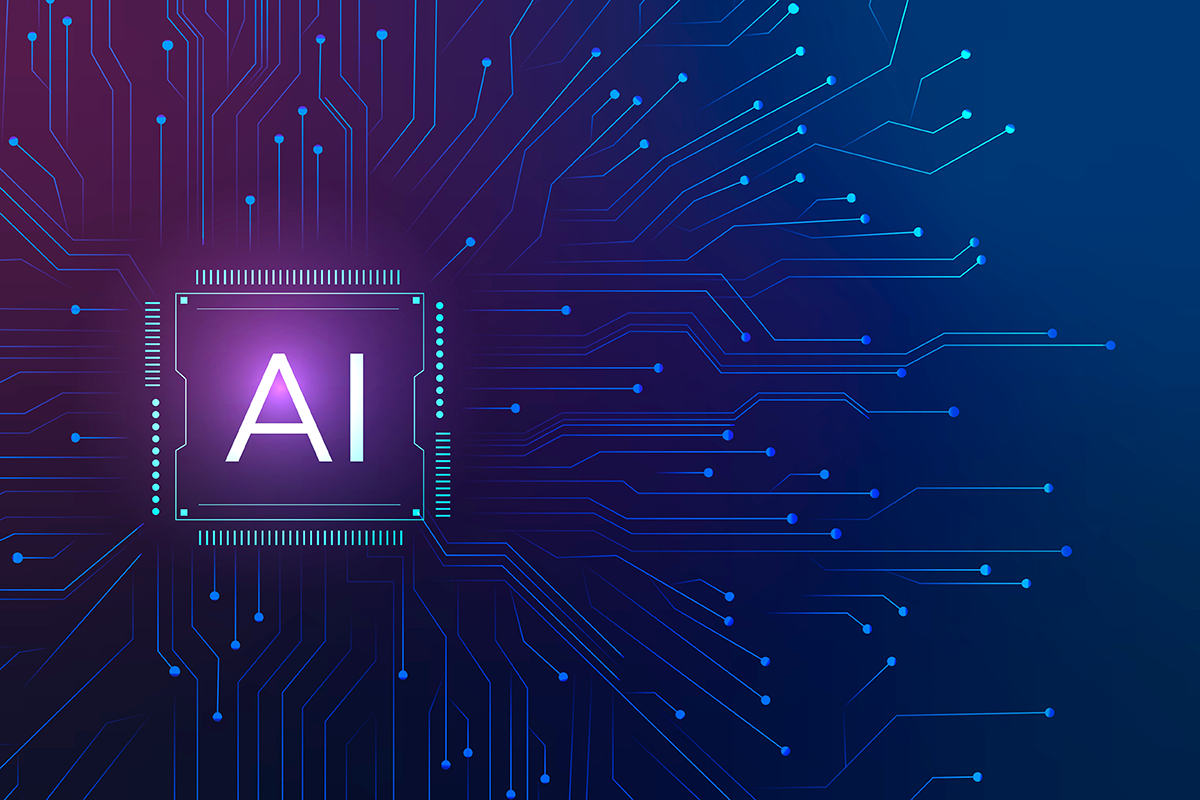Artificial intelligence, or AI, is a hot topic of discussion across the world. What once started as programs made for basic functions, such as a simple yes or no prediction tool based on statistical data, has evolved into a technology that can hold a conversation while seeming almost human.
AI usage has become mainstream, with a variety of programs readily available on the Internet. With any new form of technology, it’s important to remain aware of what that technology entails, and how to keep yourself safe.
With the rapid development of AI technology, this is a conversation that cannot wait. Not only is AI developing quickly, but the more it develops the faster the rate of development becomes. In a mere six months, we will likely be looking at totally different forms of artificial intelligence technology.
ChatGPT
ChatGPT is the fastest-growing AI software currently available to the public. It functions as a chatbot that can hold conversations and answer questions posed by the user.
While there are hard-coded limitations on the program, the bot learns and adapts using the conversations it has with users. This learning allows the bot to mirror human conversations and linguistics, meaning that as time goes on, the bot will become less distinguishable from a human being.
Currently, users can access ChatGPT for free and without any age restriction. This is concerning as it opens the door for young users to easily access this software without understanding the technology behind it.
Snapchat
Snapchat has recently unveiled its own AI bot that is powered by Chat GPT. Public reception of this bot has been overwhelmingly negative and for good reason. The bot is automatically added to each user’s friends list and is pinned to the top of their ‘chat’ page, meaning it is one of the first things users see when they open their app. Currently, users are unable to remove this feature from their accounts but can choose not to interact with it.
The Snapchat bot also offers one key difference from regular Chat GPT. It allows users to personalize the bot by creating an avatar, adding a name, and even having conversations that seem convincingly human.
This presents a problem due to the primarily young audience that uses Snapchat. Many adults do not understand the complexity of AI, let alone young children and teens who are completely unfamiliar with this new technology. With an interface that makes the technology seem almost human, it could lead to confusion about the abilities and function of AI software.
Many users have shared concerning conversations in which the AI is able to know their location and make recommendations based on that information.
The official Snapchat privacy policy regarding the AI bot states:
“Content shared with My AI, including your location if you’ve shared that with Snapchat, will be used by My AI to provide relevant and useful responses to your requests, including nearby place recommendations. Your data may also be used by Snap to improve Snap’s products and personalize your experience, including ads.”
Image & Video AI
The rise of AI goes beyond just text or chatbots and expands into the world of generated photos and videos.
Generators such as Dalle 2 and Midjourney create realistic photos from simple descriptions. The software allows users to submit ‘prompts’ in which they describe in detail what picture they want the AI to create. Using its programming along with access to the Internet, the AI generates multiple photos that match the prompt it was given.
Other generators such as Synthesia can go beyond still photos and can create videos using a similar program that requires a text description prompt from the user.
The danger of AI-generated photo and video content is that it allows for the creation of content that can depict a person or event in a situation that never occurred.
For example, take an important world leader and imagine an AI creating a video of them saying offensive or inappropriate comments. This would be considered a ‘deep fake’. While deep fakes can be easily identified by organizations or those familiar with AI, the differences may not seem as obvious to an everyday viewer.
Deep fake photos and videos have the potential to severely harm a person’s career or reputation, and this AI-generated content needs to be carefully monitored.
How to Remain Safe
Knowing all of this information about AI, how do you keep yourself safe?
The first step is to do research to ensure you fully understand what this technology does before using it. As AI evolves and new platforms and programs emerge, be sure to research them before engaging.
Next, ensure you can identify when you are talking to, using, or looking at an AI program. For text programs, ask yourself if it is obvious you are speaking with AI. While many programs are advanced enough to seem human, there are always flaws in the ways in which an AI communicates. With photo or video AI, you can determine if it is real by looking for flaws in the shadows, reflections, or lighting.
Finally, always remember basic cybersecurity practices. Never give out personal information or passwords, regardless of how ‘safe’ the bot may seem. AI bots, like any other place on the Internet, save the data you input. Never type or submit anything you would not want other people to see.
Following these practices should allow you to make an informed decision about whether or not you want to use these forms of artificial intelligence.
